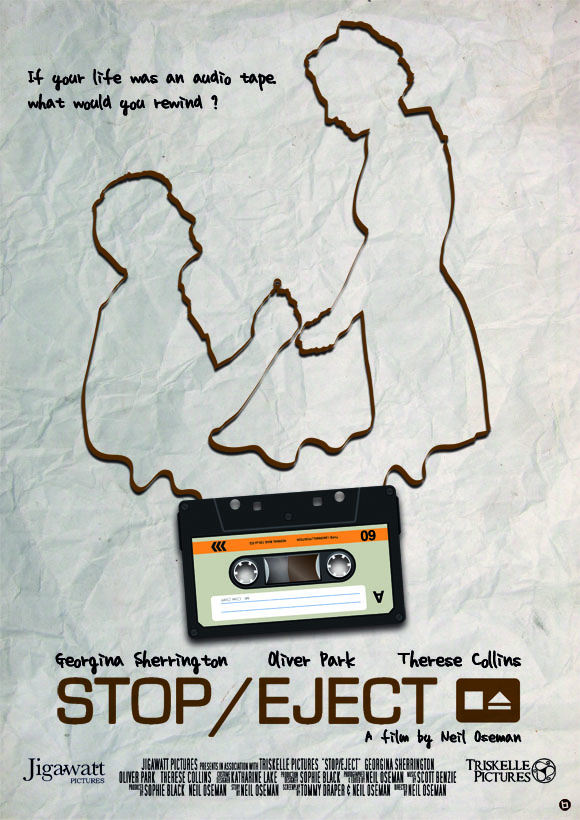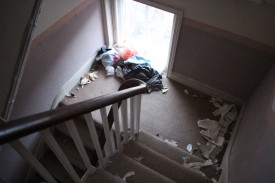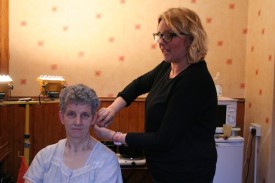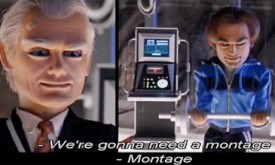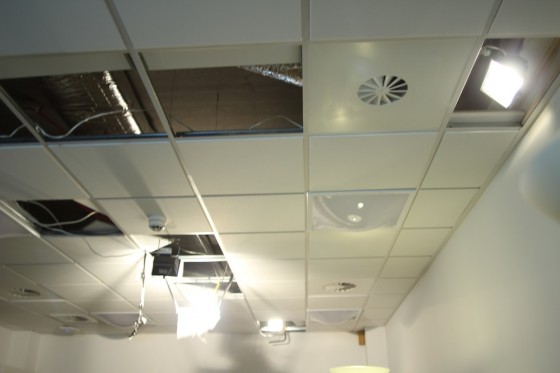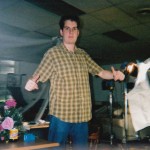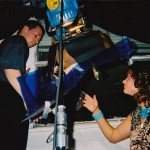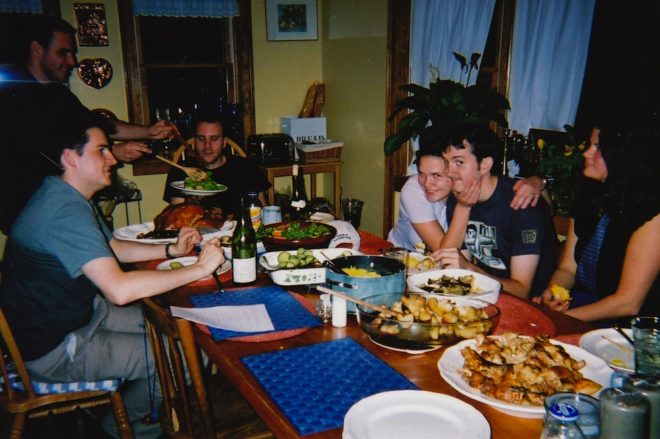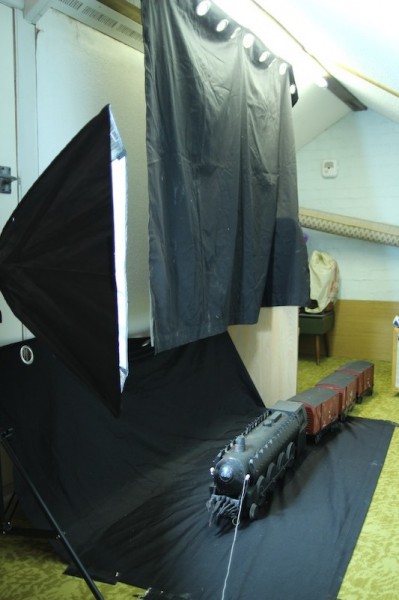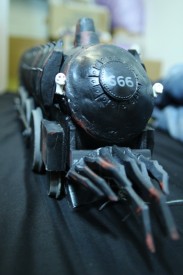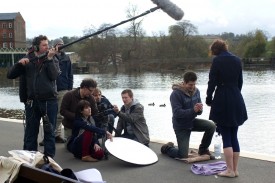Are you getting the most out of this site? Here are some things you might not have known were on neiloseman.com…
Firstly, this blog goes right back to March 2001. It covers the making of my two micro-budget features, The Beacon and Soul Searcher, from development through to completion and distribution, and the development of my next feature project The Dark Side of the Earth, plus all stages of making that project’s pilot (demo sequence), a large-scale 35mm production starring Benedict Cumberbatch. Over those eleven years I’ve tried to share all the emotional ups and downs, everything I did right and (more frequently) everything I did wrong. There’s plenty for any low budget filmmaker to learn from my experiences, good and bad, and I hope they’ll inspire you as well.
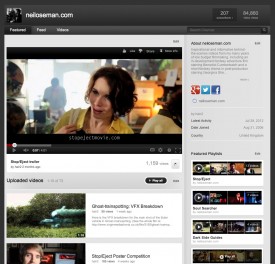
For example, you can read about dodging Malvern Hills Conservators to shoot a car chase on a common, how I found a 56 piece orchestra to perform Soul Searcher’s score, what happened when I used a smoke machine while filming in the world’s largest chained library, what it was like to work with Red Dwarf and Doctor Who veteran Mike Tucker on the construction of the Wooden Swordsman, and how slow and difficult it was to shoot on 35mm anamorphic with a relatively small crew.
Use the Blog Categories in the righthand sidebar of this page to access the entries from the various stages of each film project.
The Films section of this site contains a page for every film I’ve directed, excluding corporate projects. What you might not have noticed is that – in addition to stills, synopses, clips, trailers and behind-the-scenes info – many of these pages have a Downloads section that contains production documents. Want to know what The Beacon’s £3,000 budget was spent on? Or what the schedule for Soul Searcher’s six week shoot looked like? Or how to set out a music cue sheet? Or how closely The Picnic stuck to its shot list? You can find all these things and more.
At the time of writing there are 73 videos on my YouTube channel, most of them informative behind-the-scenes or “how to” featurettes. These are organised into playlists according to the film project they relate to, but now for the first time I’ve compiled a list (below) according to subject matter.
With the exception of the ones in italics, these videos are all free to watch. And remember that every time the total raised for Stop/Eject‘s post-production passes a hundred pound mark we’re releasing public rewards, many of which are behind-the-scenes podcasts. So head on over to stopejectmovie.com and make your donation if you want to see this list grow.
General
- Behind the Beacon (“making of” documentary)
- Going to Hell: The Making of Soul Searcher
Writing
- Stop/Eject tape #5: Directing
- Cannes 2011 Vlog – May 16th (conversation with The Dark Side of the Earth’s script editor)
Development
- Stop/Eject tape #1: Origins
- Cannes Vlogs (playlist of 9 videos)
Budgeting
- How to Make a Fantasy Action Movie for £28,000 (Free preview. Donate £10 to Stop/Eject to access the full video.)
Pre-visualisation
DIY Builds & Rigs
- Stop/Eject: Bike Rig Test
- Stop/Eject tape #6: Build a Wagon Light
- Stop/Eject tape #7: Make a Sandbag
Casting
Production Design
- Deconstructing Props (part of the deluxe package rental of Going to Hell: The Making of Soul Searcher)
- Stop/Eject tape #3: Production Design
- The Dark Side Guide to Building a Set
- The Dark Side of the Earth: Workshop Tour
- The Dark Side of the Earth podcast #4: Set Up
- The Dark Side of the Earth podcast #6: Paint Drying
Costume & Wardrobe
Scheduling
Production
- Stop/Eject: Shoot Day 1
- Stop/Eject: Shoot Day 6
- The Dark Side Guide to Shooting on Film
- The Dark Side of the Earth podcast #9: Swordplay
- The Dark Side of the Earth podcast #10: Cumbersome
- The Dark Side of the Earth podcast #11: Direct Action
- The Dark Side of the Earth podcast #13: Pick-ups
Camera & Lighting
- The Ten Minute Lighting Masterclass (part of the deluxe package rental of Going to Hell: The Making of Soul Searcher)
- The Dark Side of the Earth podcast #8: Persistence of Vision
- The Dark Side Guide to Shooting on Film
Stunts & Action
- Fighting Talk (part of the deluxe package rental of Going to Hell: The Making of Soul Searcher)
- The Beacon – Car Crash Footage
- The Dark Side of the Earth podcast #9: Swordplay
Sound
- Sound Design Breakdown (part of the deluxe package rental of Going to Hell: The Making of Soul Searcher)
- The Dark Side of the Earth podcast #15: Sound Decisions
Special & Visual Effects
- Low-tech FX (part of the deluxe package rental of Going to Hell: The Making of Soul Searcher)
- Ghost-trainspotting: VFX Breakdown
- The Dark Side Guide to Miniature Effects
- The Dark Side of the Earth podcast #1: Woodwork
- The Dark Side of the Earth podcast #2: Puppet Test
- The Dark Side of the Earth podcast #12: Mini Mech
- The Dark Side of the Earth podcast #13: Pick-ups (including miniature shooting)
- The Dark Side of the Earth podcast #14: Hello Roto
Editing & Post-production
Miscellaneous (i.e. not behind-the-scenes videos)
- The Beacon – Cardboard Chase (clip)
- The Beacon – Car Chase (clip)
- Neil’s Early Films (playlist of 7 clips, trailers and full films)
- “The Slow One” by King Monkey (Soul Searcher music video)
- Soul Searcher (complete feature-length film)
- Soul Searcher: Deleted Scenes
- Soul Searcher: Blooper Reel
- Stop/Eject: Crowd-funding Pitch
- Stop/Eject: Be Part of the Dream (crowd-funding video)
- Stop/Eject Poster Competition (closed)
- Trailers (playlist of 5 videos)
